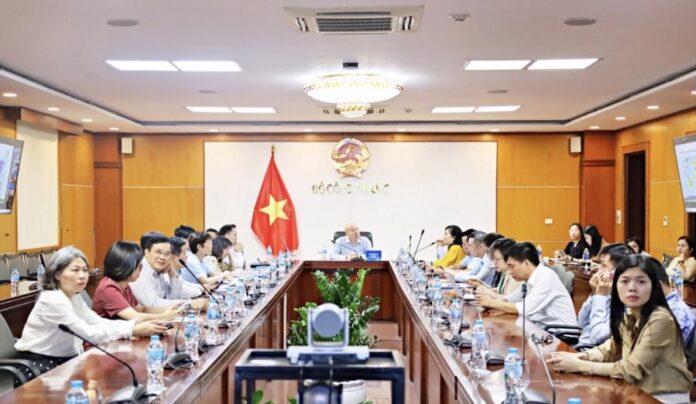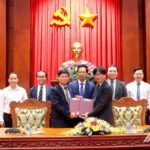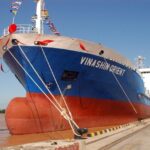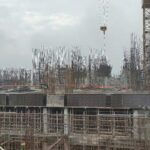Vietnam’s Ministry of Industry and Trade recognizes the significant role of the textile, footwear, and leather industries in the country’s economic growth, consistently ranking high in export turnover and labor demand.
UNTAPPED MARKETS HOLD GREAT POTENTIAL
Ms. Phan Thi Thanh Xuan, Vice President and General Secretary of the Vietnam Leather, Footwear and Handbag Association (Lefaso), shared that Vietnam is the world’s third-largest footwear manufacturer (after China and India) with 1.4 billion pairs in 2024 and the second-largest exporter (after China) with 1.3 billion pairs. The Americas and Europe are the two largest export markets for Vietnamese footwear.
However, the industry faces significant challenges, including global economic uncertainties and over 90% dependence on exports, making it vulnerable to external market fluctuations. The risk of US tariffs is a significant concern, as exports to the US account for 40% of Vietnam’s footwear exports.
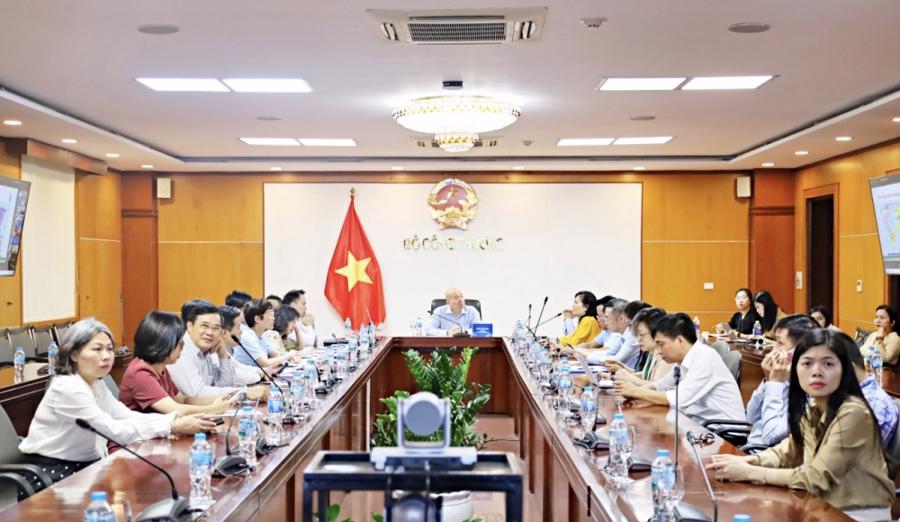
Another challenge is the reliance on imported raw materials from China. According to Ms. Xuan, while the industry has achieved a 55% localization rate for leather and footwear, with footwear alone reaching 70-80%, raw materials remain heavily dependent on the Chinese market, necessitating strategic adjustments in the following phases.
Additionally, the industry faces increasing labor costs, which account for approximately 25% of the production cost in labor-intensive industries like leather and footwear. If labor costs rise to 30%, Vietnam may lose its competitive advantage, leading to a shift towards other lower-cost countries.
The proliferation of non-tariff barriers and stringent regulations, such as green production and circular economy requirements, CO2 reduction mandates, and the EU’s CBAM, pose further challenges. Supply chain and logistics risks also need to be addressed.
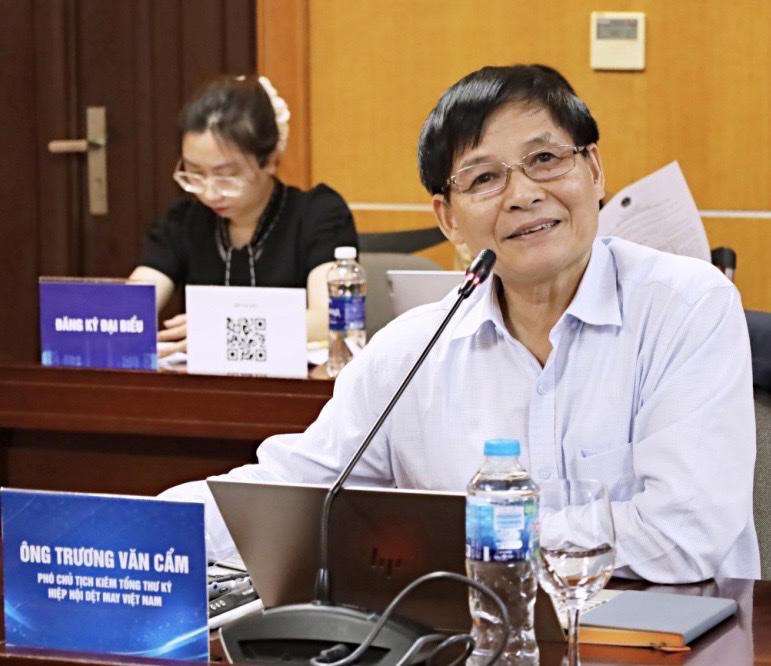
In 2024, the Vietnamese textile and apparel industry exported nearly $44 billion worth of goods, with the US being the largest market, accounting for 38.2% of the total exports. Other significant markets include CPTPP countries (16.25%), Japan (10.5%), Canada (2.8%), China (8.3%), South Korea (8.5%), the UK (1.8%), and Russia (1.75%).
The Middle Eastern market is considered promising, but the Vietnamese textile industry has only tapped into a small fraction of it, accounting for less than 1% of exports. Similarly, Africa accounts for a mere 0.34% of Vietnam’s textile exports.
Like the footwear and leather industry, the textile sector faces challenges due to volatile market conditions, including pandemics, geopolitical conflicts, and protectionism. Additionally, the industry is undergoing a strategic shift from “fast fashion” to “sustainable fashion.” Environmental and labor standards, such as the US Uyghur Forced Labor Prevention Act, Germany’s Supply Chain Due Diligence Act, the EU Directive on Corporate Sustainability Due Diligence, and brands’ net-zero emission roadmaps, are also impacting textile supply chains.
Currently, North America accounts for the largest share of Vietnam’s footwear and handbag exports at 14%, followed by Europe (7%), Asia (6%), Africa (2%), and Australia (10-13%). While these continents present significant import demands, penetration into certain markets, such as China and ASEAN, remains modest.
Mr. Truong Van Cam, Vice President and General Secretary of Vitas, echoed similar sentiments, highlighting the industry’s nearly $44 billion in export turnover for 2024, with the US as the largest market, accounting for 38.2% of exports. CPTPP countries contributed 16.25%, Japan 10.5%, Canada 2.8%, China 8.3%, South Korea 8.5%, the UK 1.8%, and Russia 1.75%.
The Middle Eastern market holds untapped potential, with Vietnam’s textile industry capturing less than 1% of this market. Similarly, Africa accounts for a negligible 0.34% of Vietnam’s textile exports. The industry faces challenges due to volatile market conditions and a strategic shift from “fast fashion” to “sustainable fashion.” Additionally, textile supply chains are under scrutiny regarding labor and environmental standards, as evidenced by various regulations and brand initiatives.
Domestic challenges include the pressure to fulfill Vietnam’s net-zero commitment by 2050, made at COP26, the substantial human resource and capital requirements for producing auxiliary materials, the dual transformation and circular economy, and the need for self-sufficiency in auxiliary materials to take advantage of FTA preferences.
BUSINESSES HIGHLIGHT THE NEED FOR MARKET INFORMATION FROM TRADE MISSIONS
At the conference, representatives from Vitas and Lefaso emphasized the critical need for market information from trade missions. Ms. Xuan stressed that market diversification is crucial to sustaining export growth, especially through leveraging FTA markets. She suggested that trade missions support businesses in conducting in-depth market research to build an export database and facilitate connections with potential customers.
“Without understanding the market, business promotion efforts may fall short,” Ms. Xuan remarked. Trade missions can facilitate this process by inviting renowned international experts in fashion trend analysis, consumer behavior, and product design to provide training and consulting services in Vietnam.
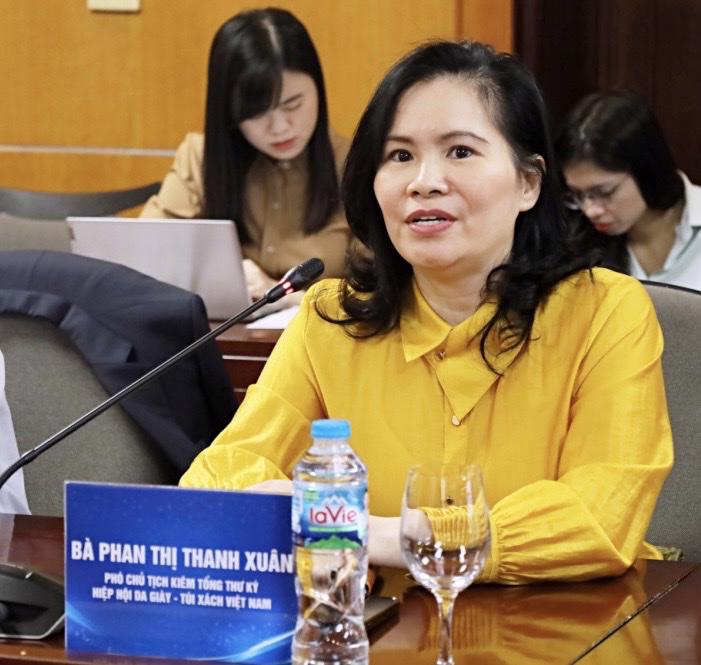
Additionally, trade missions can play a pivotal role in promoting international trade activities in Vietnam, such as conferences, trade exchanges, and buyer delegations. They can also attract foreign investors in production and auxiliary material distribution, fostering the development of supply chains and distribution channels to enhance the domestic supporting industry.
The leather and footwear industry particularly needs support in enhancing the marketing and product design skills of its workforce. Inviting international experts in fashion trend analysis, consumer behavior, and product design to provide training and consulting services in Vietnam is essential. Trade missions can also facilitate international trade activities and attract foreign investment in production and auxiliary material distribution, fostering the development of supply chains and distribution channels.
Mr. Cam suggested that the Ministry of Industry and Trade negotiate to prevent tax increases or maintain acceptable tax rates to retain the US market. He also recommended expediting FTA negotiations between ASEAN and Canada to simplify rules of origin for textiles and apparel and negotiating threshold adjustments with the EAEU.
Implementing industrial park development following Decision No. 1643/QD-TTg on the Strategy for the Textile, Garment, and Leather Footwear Industries is crucial, especially for large-scale textile industrial parks that attract investment in fabric and auxiliary material production to increase localization.
Regarding trade missions abroad, Mr. Cam emphasized the importance of up-to-date information on US tax policies, new regulations, consumer trends, and the willingness to pay higher prices for sustainable products for the Vietnamese textile industry to effectively navigate the US market. Similar insights are needed for FTA markets like Mexico, Peru, and Chile. For potential markets like labor-rich Brazil and India, information on market accessibility, pricing, consumer behavior, and cultural preferences is essential.
Information on competitors like Bangladesh, India, Turkey, and Indonesia, including their government support, tax and customs policies, and labor costs, is lacking. Understanding the advantages of these competing countries is vital for Vietnam’s industry.
As businesses aim to diversify their raw material sources, trade missions can provide valuable insights into the supply capabilities, pricing, logistics costs, quality stability, and product diversity of potential supplier markets.
“A Spacious Shopping Experience: Aeon Mall Spreads Across 2 Hectares in My Tho, Vietnam, with a Massive Investment of Over VND 1,100 Billion”
Aeon has a tried-and-true approach to developing its mall projects by partnering with local businesses that already have the requisite land for commercial ventures.
Unlocking Direct Flights: Sun Group’s Vision for Seamless Travel from Van Don to Seam Reap
“Quang Ninh Province is home to the magnificent Van Don International Airport, a groundbreaking venture that stands as Vietnam’s very first privately-owned airport project. This remarkable achievement is a testament to the vision and expertise of Sun Group, the driving force behind its development.”
From Pioneer to Icon: The Inspiring Story of BITEX and Casio
In 1965, the very first Casio computer, bearing the serial number 001, was born in Japan. This marked a pivotal moment in technological history and paved the way for the enduring journey of a small yet powerful device: the pocket calculator.
“Own a Central City Pho Yen Apartment with Capital from Just VND 399 Million”
A rare opportunity for homebuyers seeking a long-term residence and investment, this commercial apartment offers the allure of permanent ownership and a prime location adjacent to the Samsung factory in Thai Nguyen. With prices starting at just 1.2 billion VND per unit, it presents an unmissable prospect.

